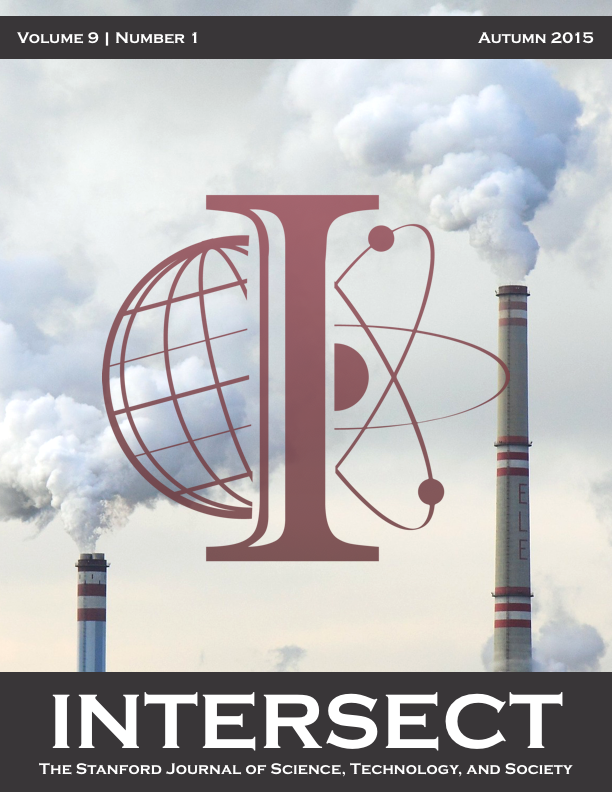Addressing Emerging Pathogens and Parasites in the Galápagos Islands
Keywords:
Galápagos penguin, Plasmodium, MHC, Culex quinquefasciatus, avian malaria, Toxplasma gondii, Galápagos, Galapagos, conservation, fumigation, pathogens, parasitesAbstract
Introduced pathogens and parasites pose a threat to endemic Galápagos species. I examine the Galápagos penguin (Spheniscus mendiculus) as a case study for the threat of introduced diseases in the Galápagos Islands. I show that the Galápagos penguin is especially susceptible to introduced diseases due to population fluctuations, low MHC (major histocompatibility complex) diversity, and immunological naivety. I determine that the Galápagos penguin is at risk of contracting diseases from domestic chickens, cats, and the introduced Culex quinquefasciatus mosquito. El Niño events may compromise the immune system of the Galápagos penguin, increasing susceptibility to introduced parasites including Plasmodium spp., the causal agent of avian malaria, and Toxoplasma gondii. The findings lead me to recommend new policy and management practices, including heightened surveillance of disease, strengthened fumigation protocols, and development of outreach programs to educate locals about transmission of disease in livestock.
Downloads
Published
Issue
Section
License
Authors who publish with this journal agree to the following terms:- Authors retain copyright and grant the journal right of first publication with the work simultaneously licensed under a Creative Commons Attribution License that allows others to share the work with an acknowledgement of the work's authorship and initial publication in this journal.
- Authors are able to enter into separate, additional contractual arrangements for the non-exclusive distribution of the journal's published version of the work (e.g., post it to an institutional repository or publish it in a book), with an acknowledgement of its initial publication in this journal.
- Authors are permitted and encouraged to post their work online (e.g., in institutional repositories or on their website) prior to and during the submission process, as it can lead to productive exchanges, as well as earlier and greater citation of published work (See The Effect of Open Access).

